
Small Tonnage Bulldozer Accessories Made In China Bulldozer Blade Assembly Professional Customization

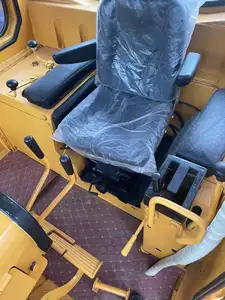
Customizable Used CAT Bulldozer D7G In Good Condition Second-hand Caterpillar Bulldozer D7G For Sale









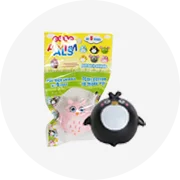


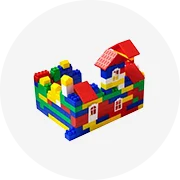


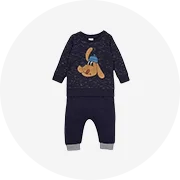

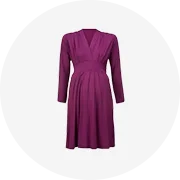



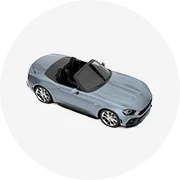

The metal bulldozer model category encompasses a diverse range of scale models that replicate the functionality and design of real bulldozers. These models are primarily crafted from metal, ensuring durability and a realistic appearance. Collectors and enthusiasts of construction machinery often seek out these models for display and educational purposes.
Metal bulldozer models come in various scales and designs, reflecting the many types of bulldozers used in the industry. From the smaller, more maneuverable models to the larger, heavy-duty types, each metal bulldozer model is designed to mirror the specifications and capabilities of its real-world counterpart.
While these models are often purchased by collectors, they also serve as excellent educational tools. Institutions may use them to demonstrate the mechanics of bulldozers or to provide a hands-on experience in engineering and construction-related courses. Additionally, they are used by manufacturers and dealers as detailed replicas to showcase the design and features of their full-sized machines.
The metal bulldozer model is distinguished by its intricate details, which include moving parts such as articulated arms, rotating tracks, and operational blades. The primary material used in these models is metal, which contributes to their weight and authenticity. Some models may incorporate other materials like plastic or rubber for non-metallic components.
Metal models are favored for their longevity and the ability to withstand handling, making them more robust than their plastic counterparts. The heft of the metal also adds to the tactile experience, giving a sense of the bulldozer's power and stability.
Selecting the appropriate metal bulldozer model requires consideration of the intended use, whether for display, education, or as a gift. Prospective buyers should assess the model's scale, level of detail, and the authenticity of its replication to ensure it meets their specific needs.